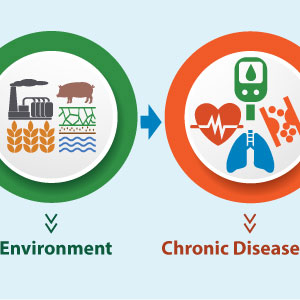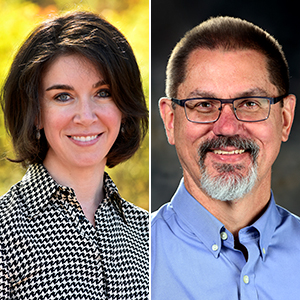The story of human genomics has often been associated with the Human Genome Project, the monumental effort to map and sequence the human genome. But as Eric Green, M.D., Ph.D., said in a June 7 lecture at NIEHS, the completion of that project in 2003 was just the beginning — really just the first chapter — of the story.
Green, who directs the National Human Genome Research Institute (NHGRI), said the story of human genomics has unfolded like the chapters of a book, where the past has included an influential prologue followed by the first three chapters.
“We are now in the midst of creating the fourth chapter of the story of human genomics,” he said. “We are now in a very exciting growth phase for the field.”
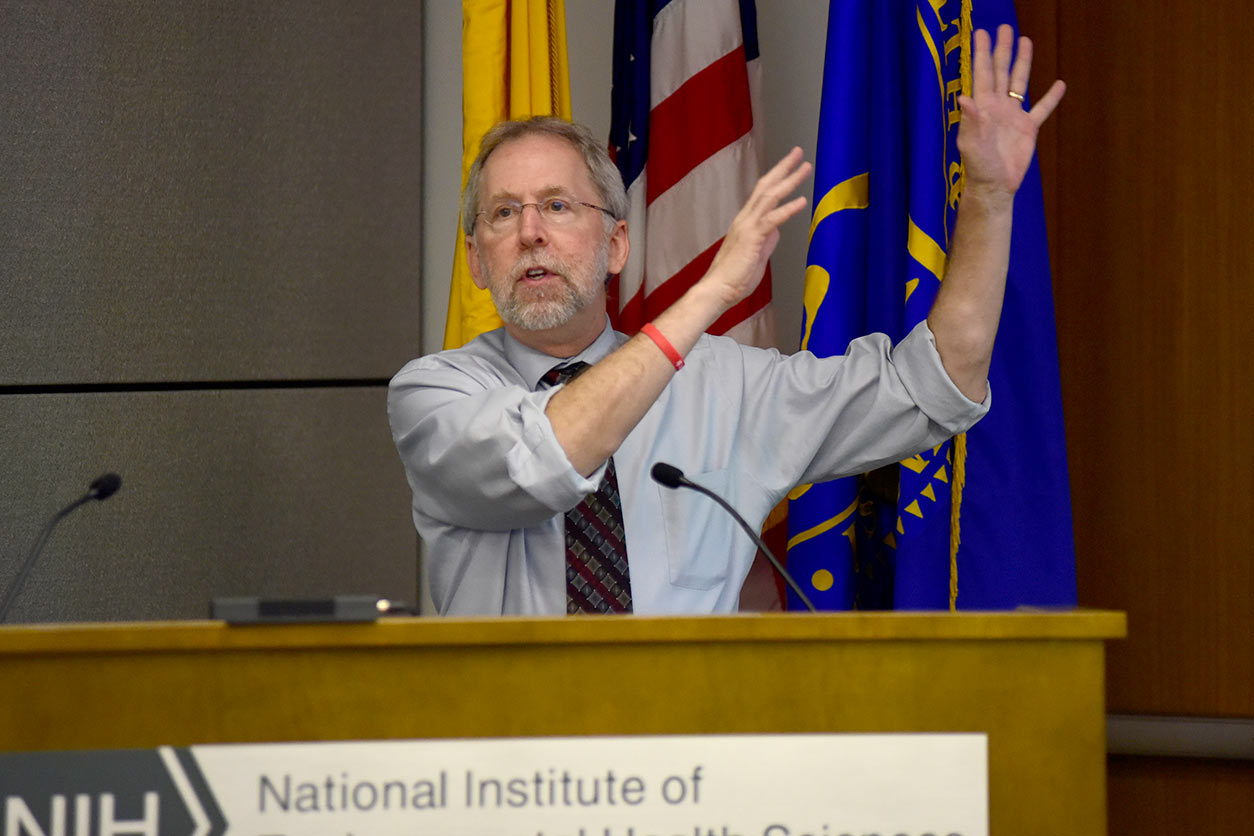
First chapter: The Human Genome Project
The word “genomics” did not exist until 1987, the same year that Green completed his M.D. and Ph.D. degrees. That is when scientists began to consider taking a comprehensive approach at studying humanity’s genetic blueprint. The Human Genome Project that followed was controversial, Green said, in part because it changed the social norms of how biological research was conducted.
“It was big science, it was consortium science, it was highly managed science, it was not investigator-initiated, it was not hypothesis-answering, and it was very production- and technology-oriented,” said Green. “It also was complicated because it had multiple funders and countries involved. It was also successful.”
Second chapter: Maturing the field
The success of the Human Genome Project prompted Green and his colleagues to think about what it would take to use genomics for advancing knowledge about health and disease. Such work would require the ability to routinely sequence genomes, but generating the first sequence of a human genome came with a hefty price, costing about a billion dollars.
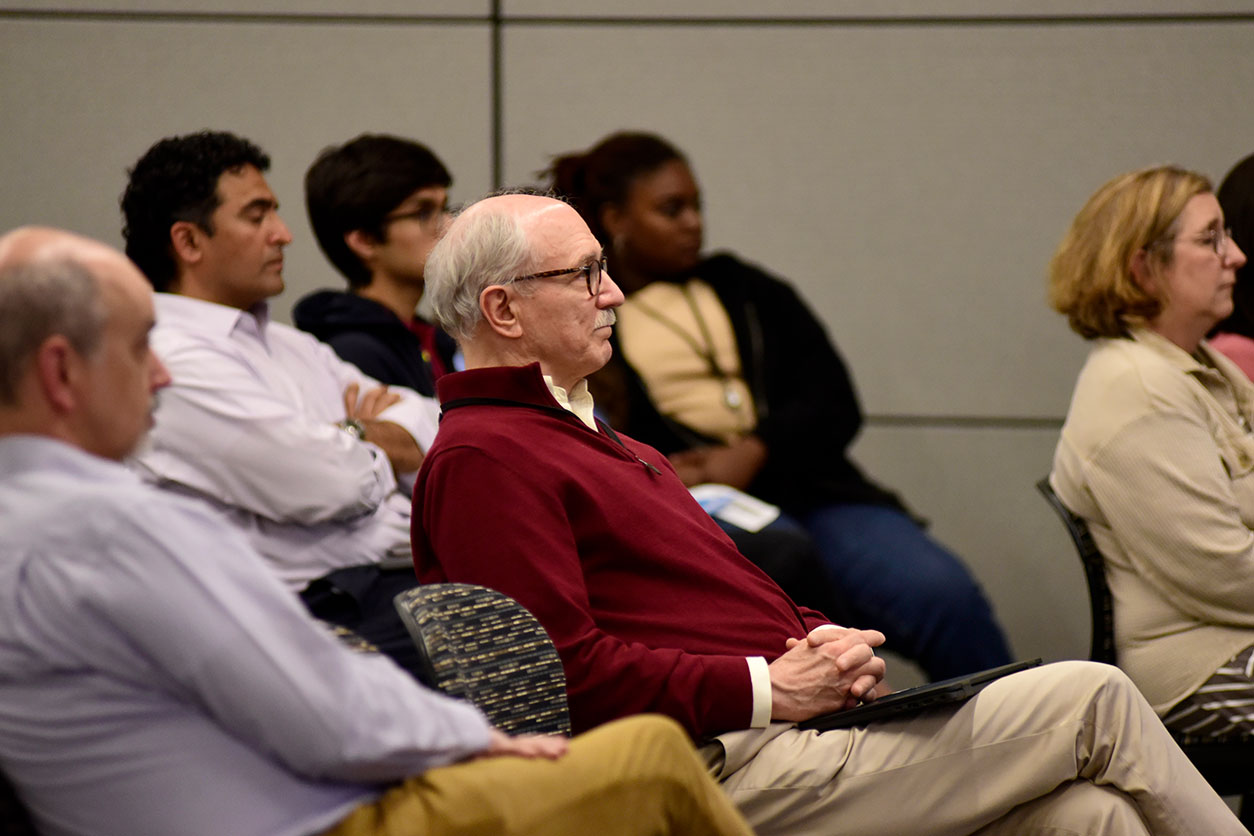
“We thought about the need to sequence many human genomes, eventually including those of patients,” Green said. “For that, we knew that multiple zeros had to come off that $1 billion figure.”
The “$1,000 genome” became the community's rallying cry. Funding of technology development by NHGRI coupled with the investment of funds by the private sector led to the development of a new generation of DNA sequencing technologies that dramatically reduced costs. Using those methods and many human genomes, scientists began cataloging the genomic variants present in human populations in search of those with medical relevance.
Third chapter: Exploring clinical applications
By the time Green became director of NHGRI in 2009, the groundwork had been laid for researchers to consider studies investigating the use of genomics in medicine. Since then, several examples of using genomic information about individual patients as part of their medical care (i.e., genomic medicine) have emerged.
- Cancer. Genomics is regularly being used to identify people at higher risk of cancer, as well as to guide treatment for some types of cancer.
- Rare diseases. It is estimated that more than 20,000 patients will get their genomes sequenced as part of a diagnostic workup for a rare disease this year.
- Prenatal genetic testing. Green says genomic methods are now being used to screen 7 to 10 million pregnancies for aneuploidy, which is an abnormality in the number of chromosomes in a cell, around the world every year.
- Pharmacogenomics. Clinicians can now test for genomic variants that cause people to respond differently to certain medications and use that information for selecting the right drug for the patient.
Fourth chapter: Mainstreaming genomic medicine
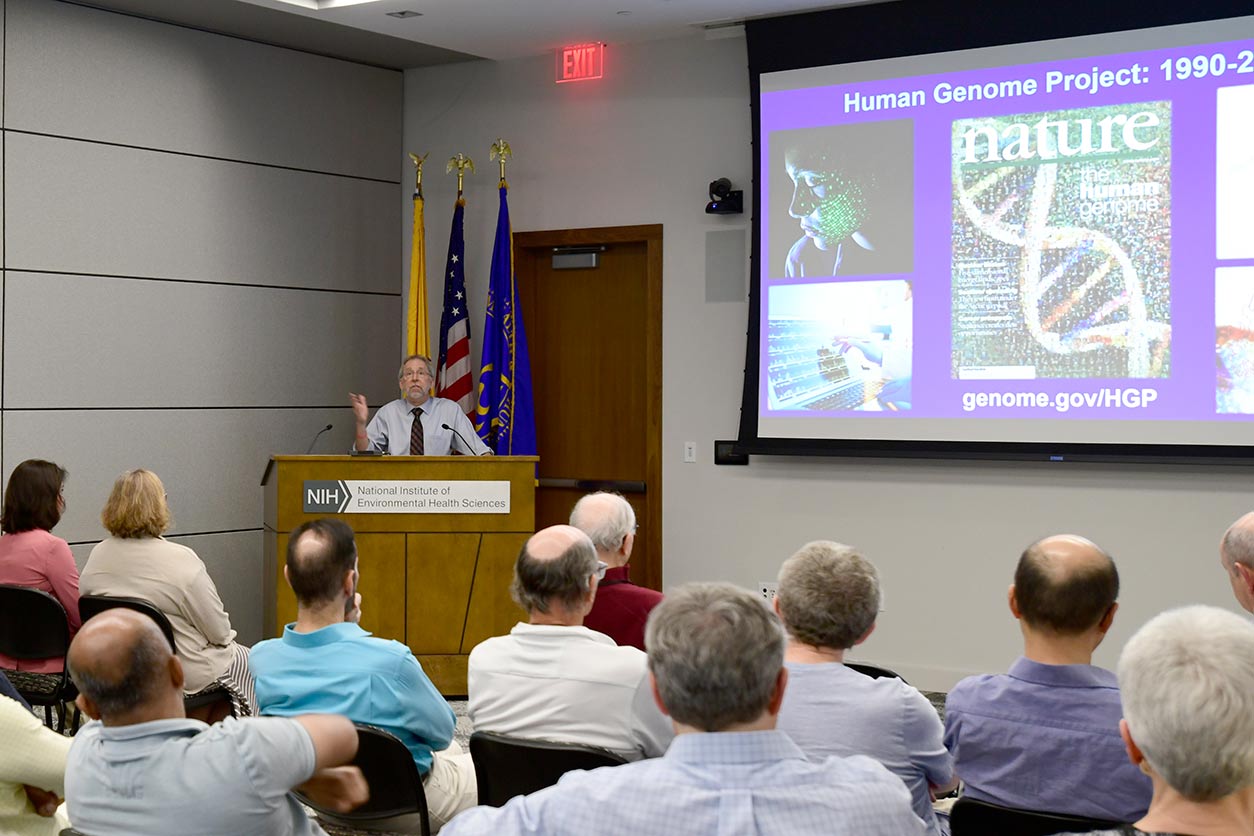
With its most recent round of strategic planning, NHGRI developed a new perspective on its role in the field's next chapter. Human genomics has progressed from a niche discipline to one that touches every aspect of biomedical research.
“What should an institute that at one time funded greater than 90% of genomics research at NIH and now funds less than 10% be doing with respect to leading genomics research?” Green asked.
With its new vision, NHGRI no longer can represent all of genomics. Rather, the institute is choosing to focus its efforts at The Forefront of Genomics.
“It was terrific to see the impact that human genomics is starting to have on medicine,” said NIEHS Director and lecture host Rick Woychik, Ph.D. “We are committed to working the environment into it, and I think this kind of partnership could really advance science to improve human health.”
(Marla Broadfoot, Ph.D., is a contract writer for the NIEHS Office of Communications and Public Liaison.)





